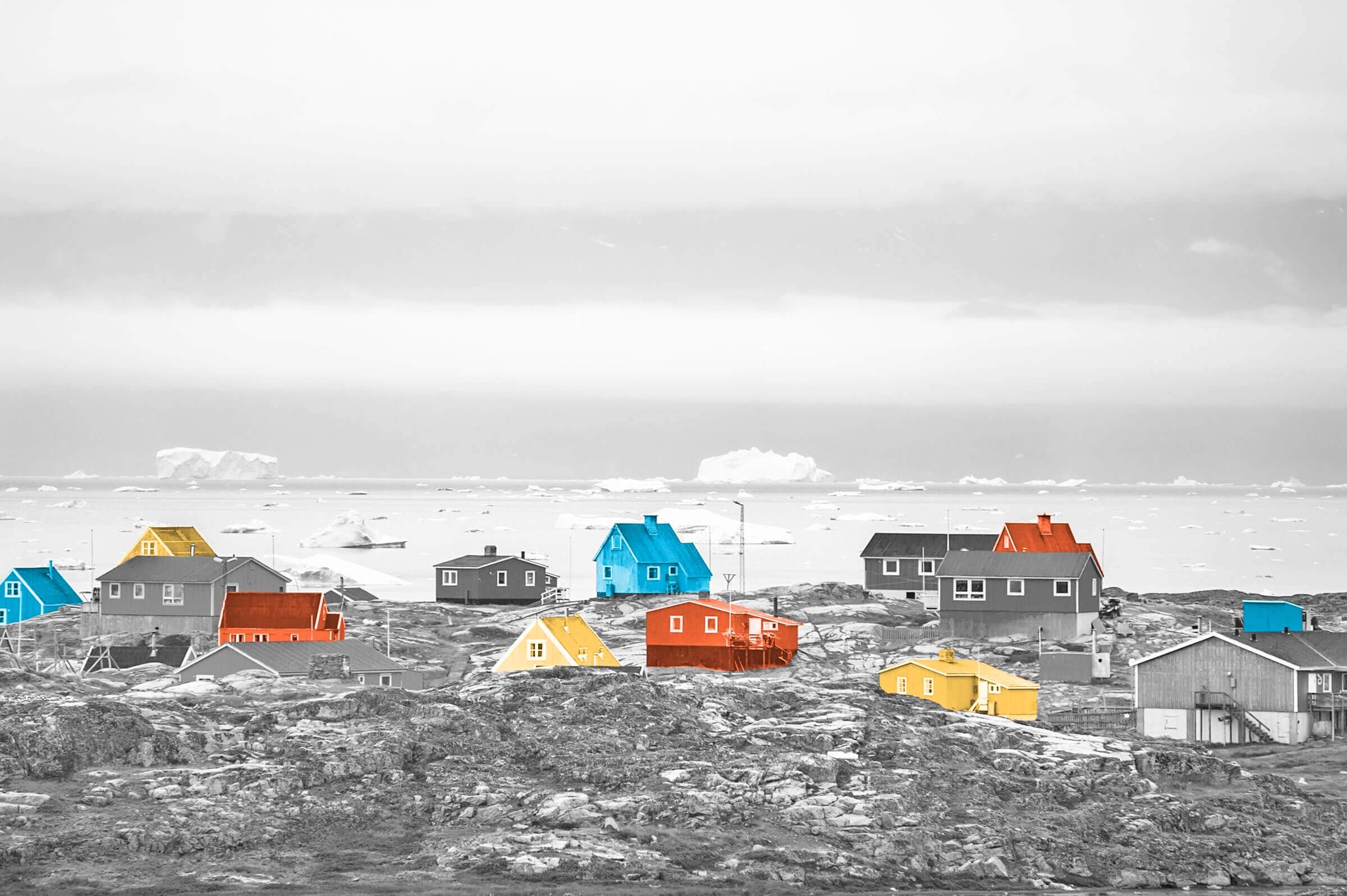
Bagpipes were invented in the Middle East, not Scotland.
The reedy hum of bagpipes calls to mind tartan attire and the loch-filled lands of Scotland, which is why it might be surprising to learn that the wind-powered instruments weren’t created there. Music historians believe bagpipes likely originated in the Middle East, where they were first played by pipers thousands of years ago. The earliest bagpipe-like instruments have been linked to the Egyptians around 400 BCE, though a sculpture from the ancient Hittites — a former empire set in present-day Turkey — from around 1000 BCE may also resemble bagpipes.
Bagpipes slowly made their way throughout Europe, occasionally played by notable names in history like Roman Emperor Nero, and becoming widespread enough to be depicted in medieval art and literature. By the 15th century they had made their way to Scotland, where Highland musicians added their own influence. By some accounts, they modified the pipes to their modern appearance, by adding more drones, which emit harmonized sounds. Highland musicians also began the practice of hereditary pipers, aka passing the knowledge and skill of bagpiping through families, along with the duty of playing for Scottish clan leaders. All pipers of the time learned music by ear and memorization, a necessity considering the first written music for the pipes may not have appeared until the 18th century. One family — the MacCrimmons of the Scottish island of Skye — was particularly known for its influence in bagpiping, with six generations continuing the art, composing music, and teaching through their own piping college in the 17th and 18th centuries.
Not many instruments have been likened to weapons, but bagpipes have, and it’s a common misconception that they were even once banned in Scotland. The myth comes from the mid-18th century, when thousands of Scottish Highlanders rebelled against the British crown in an attempt to install their own monarch. Following their defeat at the Battle of Culloden in 1745, the British government imposed severe restrictions, banning kilts and traditional Scottish clothing alongside firearms. After one piper was convicted by the British for his association with Scottish troops during the incident, many Scots interpreted the law as also banning the musical instrument, though historians point out that the pipes were never illegal. The law against traditional dress was lifted in 1782, and bagpipes, which many believed were taboo, eventually became synonymous with the British Army, allowing the military musical tradition of marching pipes into battle to carry on in and out of Scotland.

